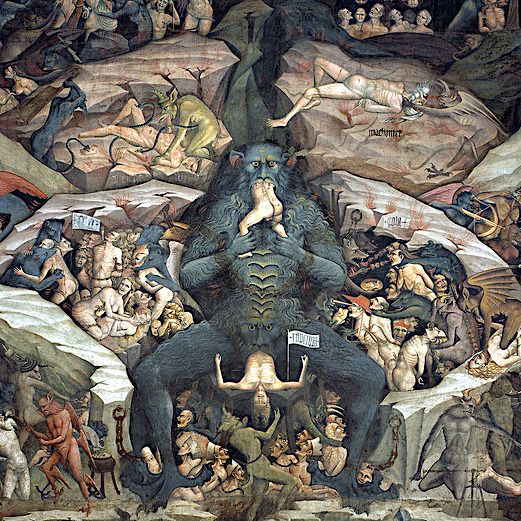
Satan devouring souls


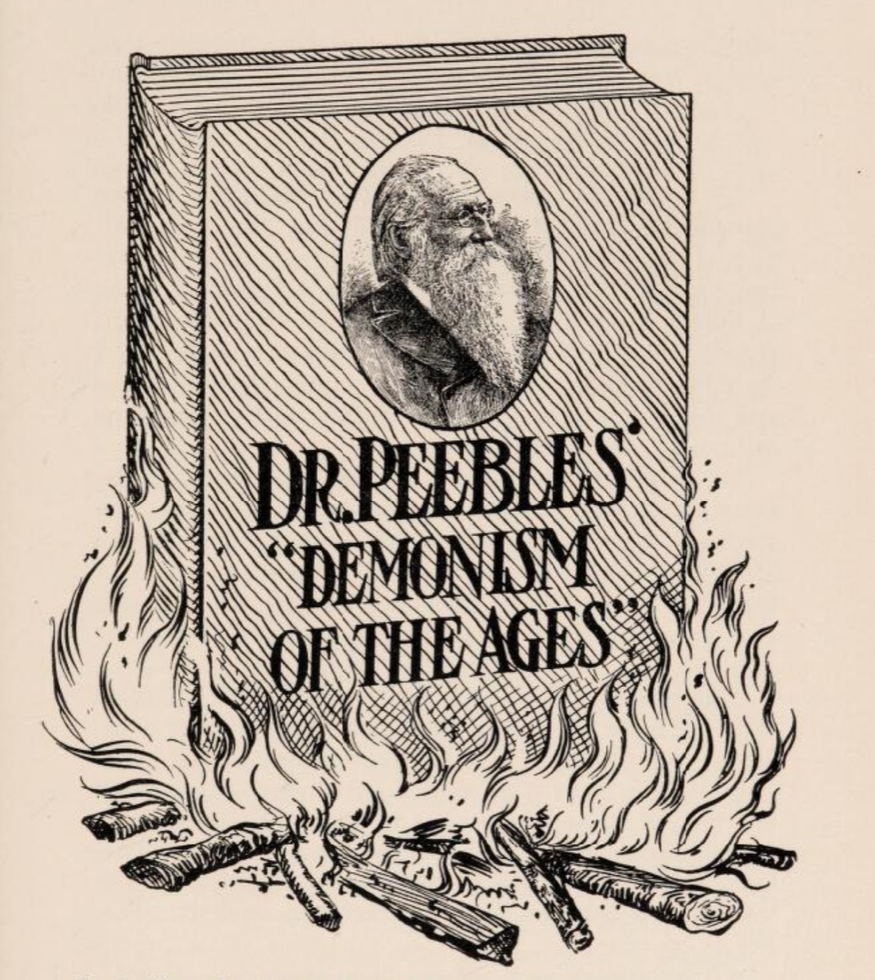
Drawing of Dr. Peebles’ Demonism of the Ages burning, from the book Demonism of the Ages by Dr. Peebles (1904). Source: Wellcome Library
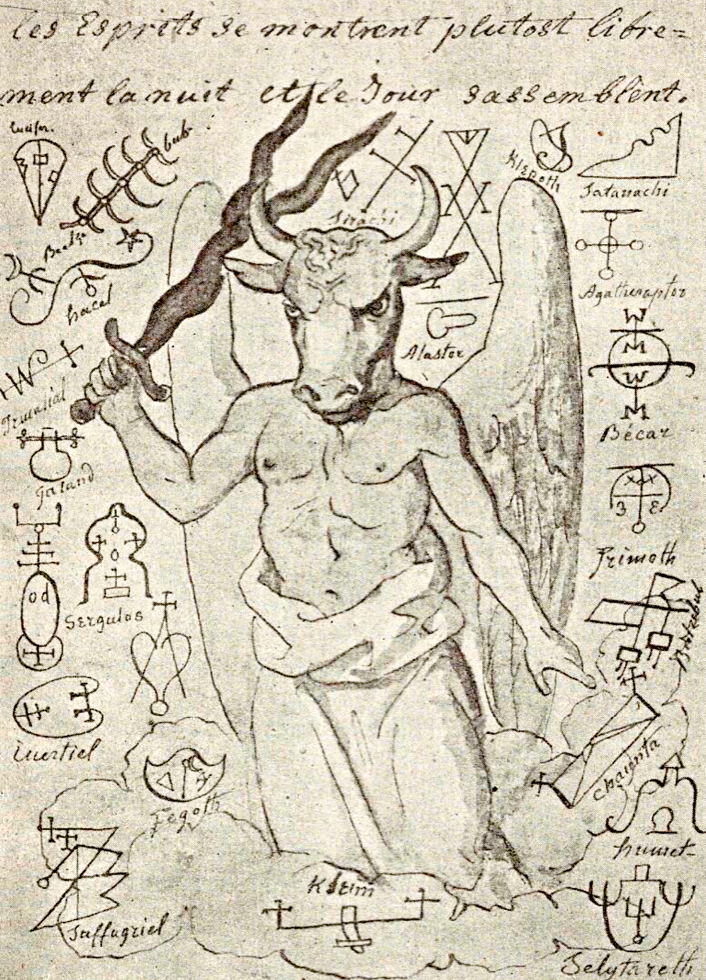
Depiction of The Devil (almost certainly) surrounded by demon names and corresponding sigils from “Le serpent de la Genèse” (The Serpent of Genesis) Volume 2, by Stanislas de Guaita, 1920. Source: Embassy of the Free Mind

Chort is a demon from Slavic folklore, son of Chernobog, who is trickster figure in folktales. It often tries to trick people into selling their souls, but is easily outsmarted. Sometimes Chort acts as a force for good, and gives heroes magical items, or takes villains to hell. Image: Wikimedia Commons
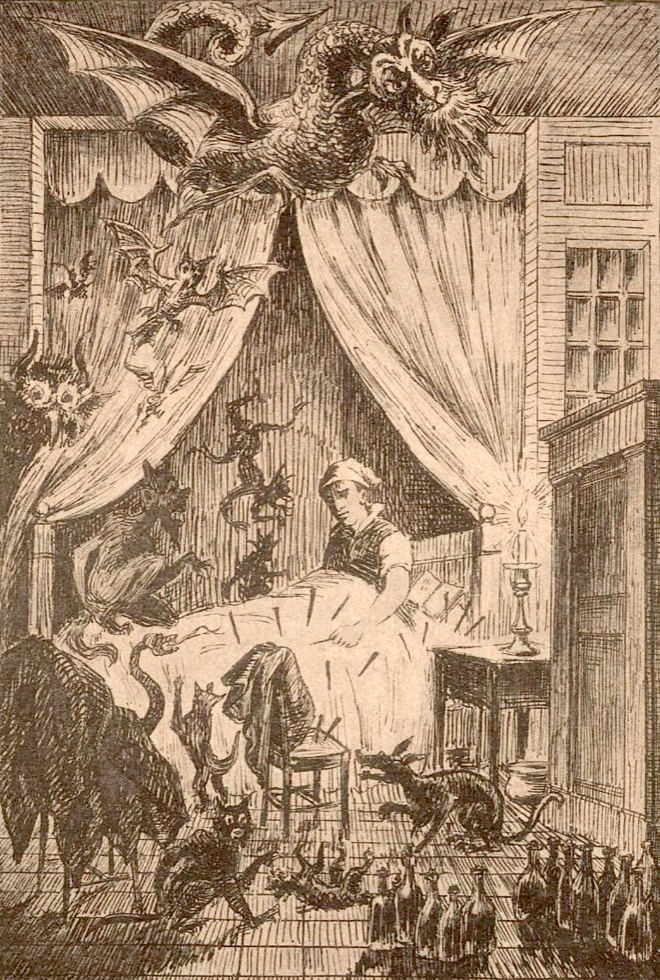
Man being persecuted by goblins and other spirits. From “Le serpent de la Genèse” (The Serpent of Genesis) Volume 1, by Stanislas de Guaita, 1920. Source: Embassy of the Free Mind
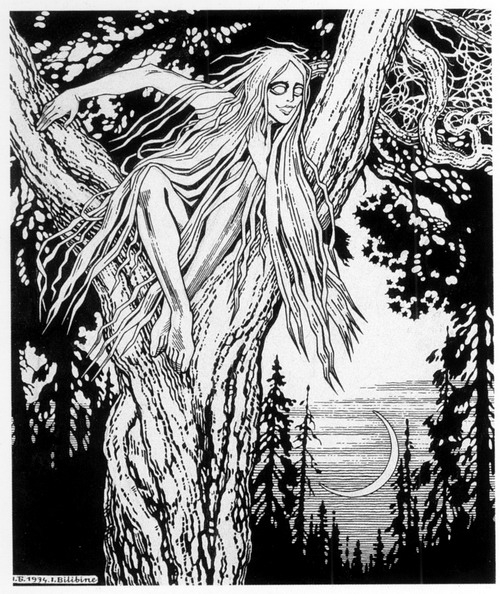
Rusalkas are water spirits from Slavic folklore, who appear as a pretty young girls with long hair. In some versions of lore, Rusalkas are the souls of drowned women or unclean spirits who lure men into water, and drown them by entangling their body with their long red hair. Image: Ivan Bilibin

Pazuzu (𒀭𒅆𒊒𒍪𒍪) is the ancient Mesopotamian king of wind demons. He’s responsible for storms, drought, famine, and locusts. Though evil himself, Pazuzu is invoked on amulets to drive away other evil spirits, like the malicious goddess Lamashtu. He’s also the spirit that supposedly possessed Regan in the film, The Exorcist. Image: World Imaging/PHGCOM on Wikimedia Commons
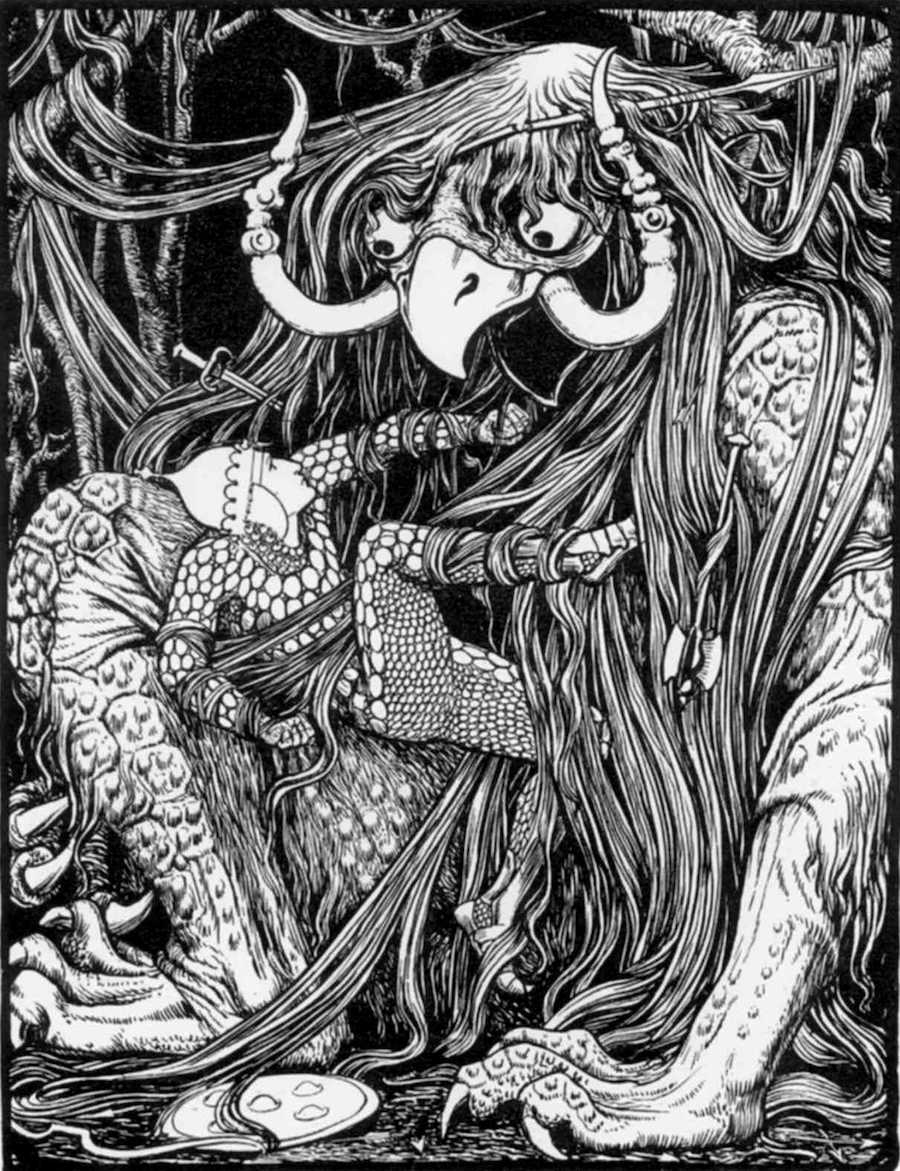
In an Indian folktale, a Bodhisatta, known as the Prince of the Five Weapons, meets a demon, known as The Demon with Matted Hair, in a forest. Before it could devour him, the prince defeats the demon with discourse and reason, and turns him benevolent. Image: John Batten, 1892
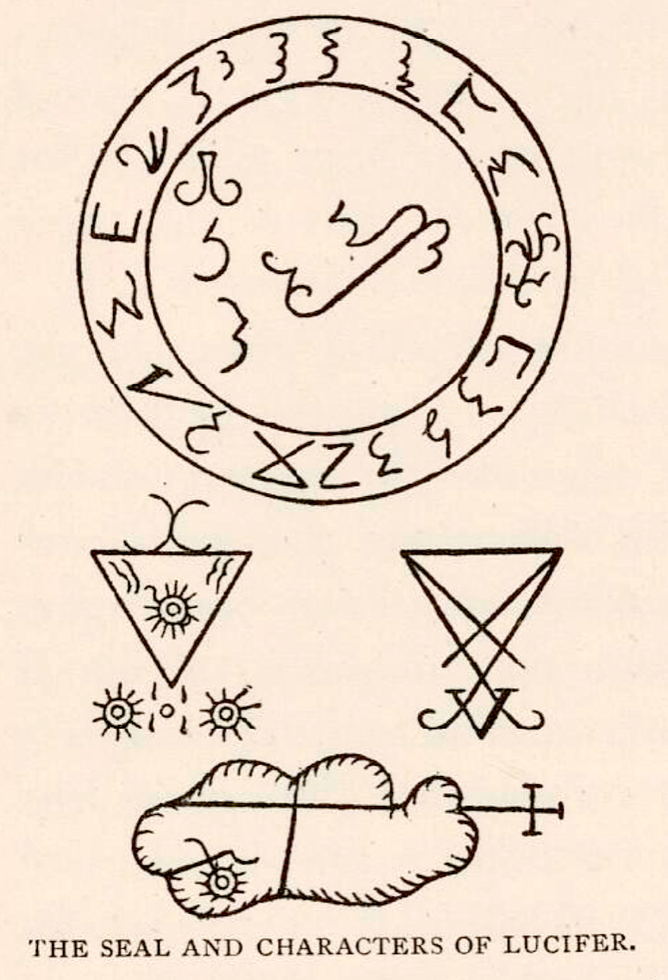
Seals and characters for summoning the greater demons Lucifer, Beelzebub, and Astaroth. In order of effectiveness, the symbols must be drawn in either: the sorcerer’s blood, the blood of a sea turtle, or engraved on emerald or ruby. From Grimorium Verum (16th Century) and The Grand Grimore (18th Century). Source: “The book of black magic and of pacts”, A.E. Waite, Embassy of the Free Mind
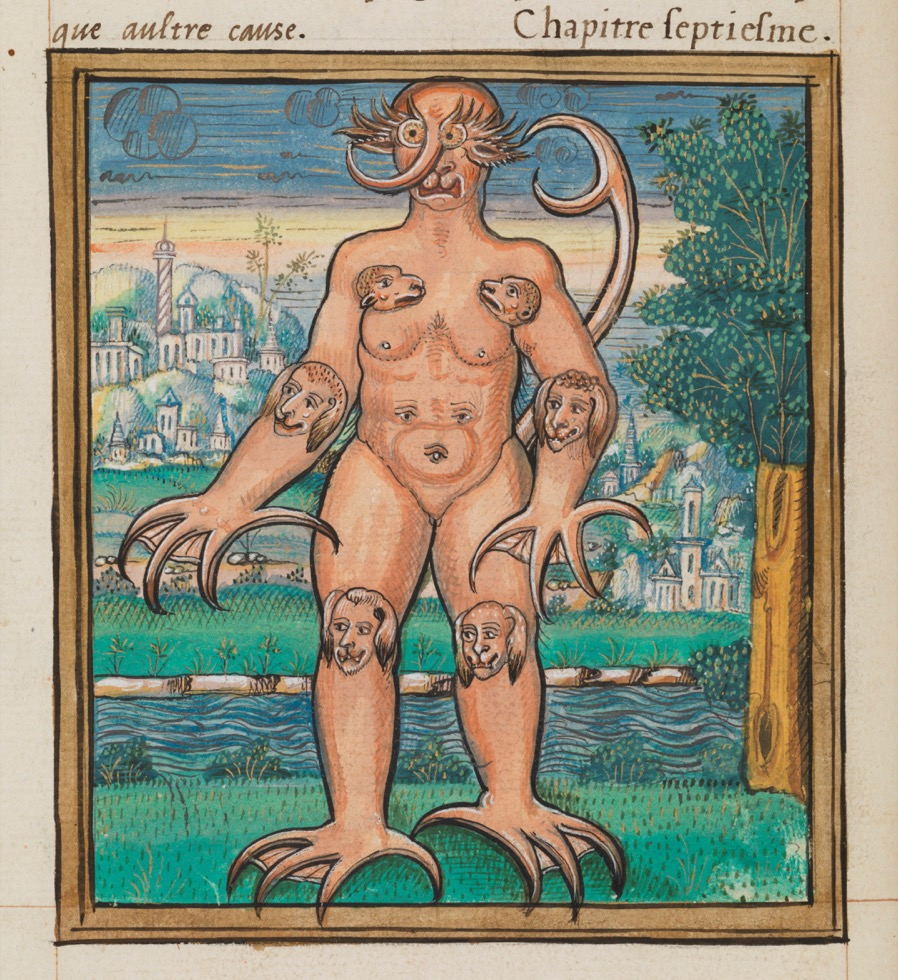
The Monster of Krakow first appeared in Histoires Prodigieuses by Pierre Boaistuau, 1559. Four hours after its birth, the demonic beast reportedly uttered “Watch, the Lord cometh” and died. Source: Wellcome Collection
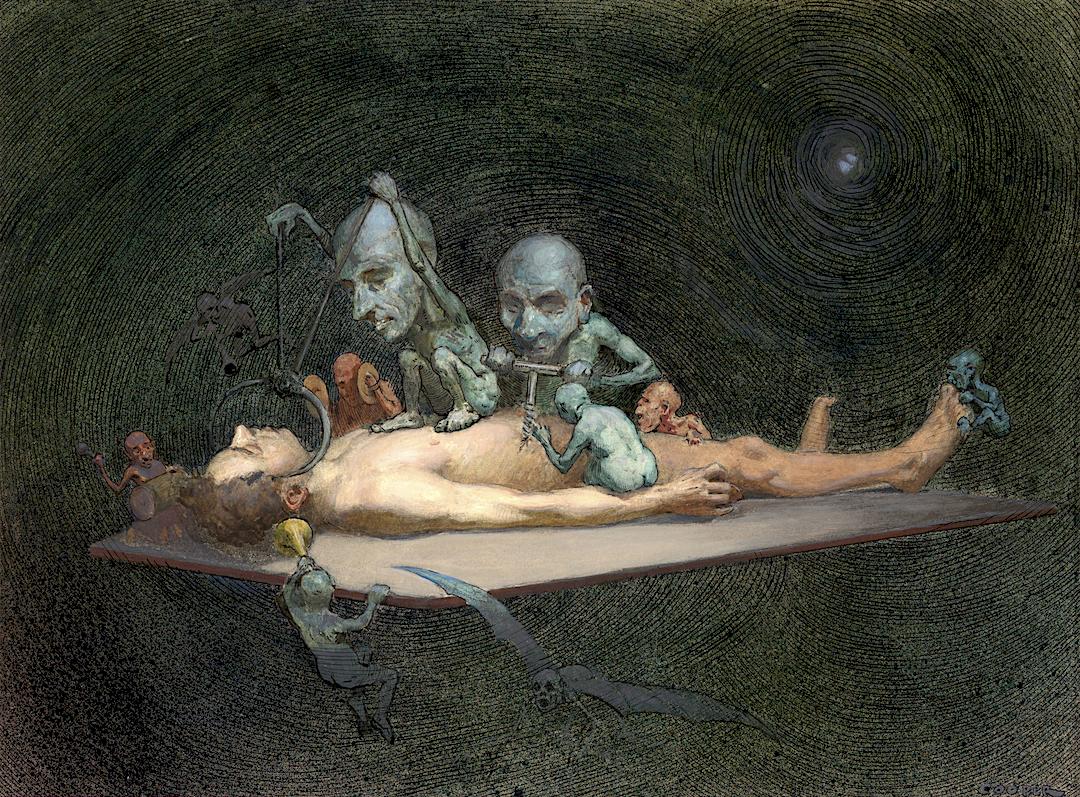
Henry Wellcome commissioned this watercolor from R. Cooper in 1912, depicting an unconscious man being attacked by demons with surgical instruments. The painting is meant to represent the effects of chloroform on the human body. Source: The Wellcome Collection
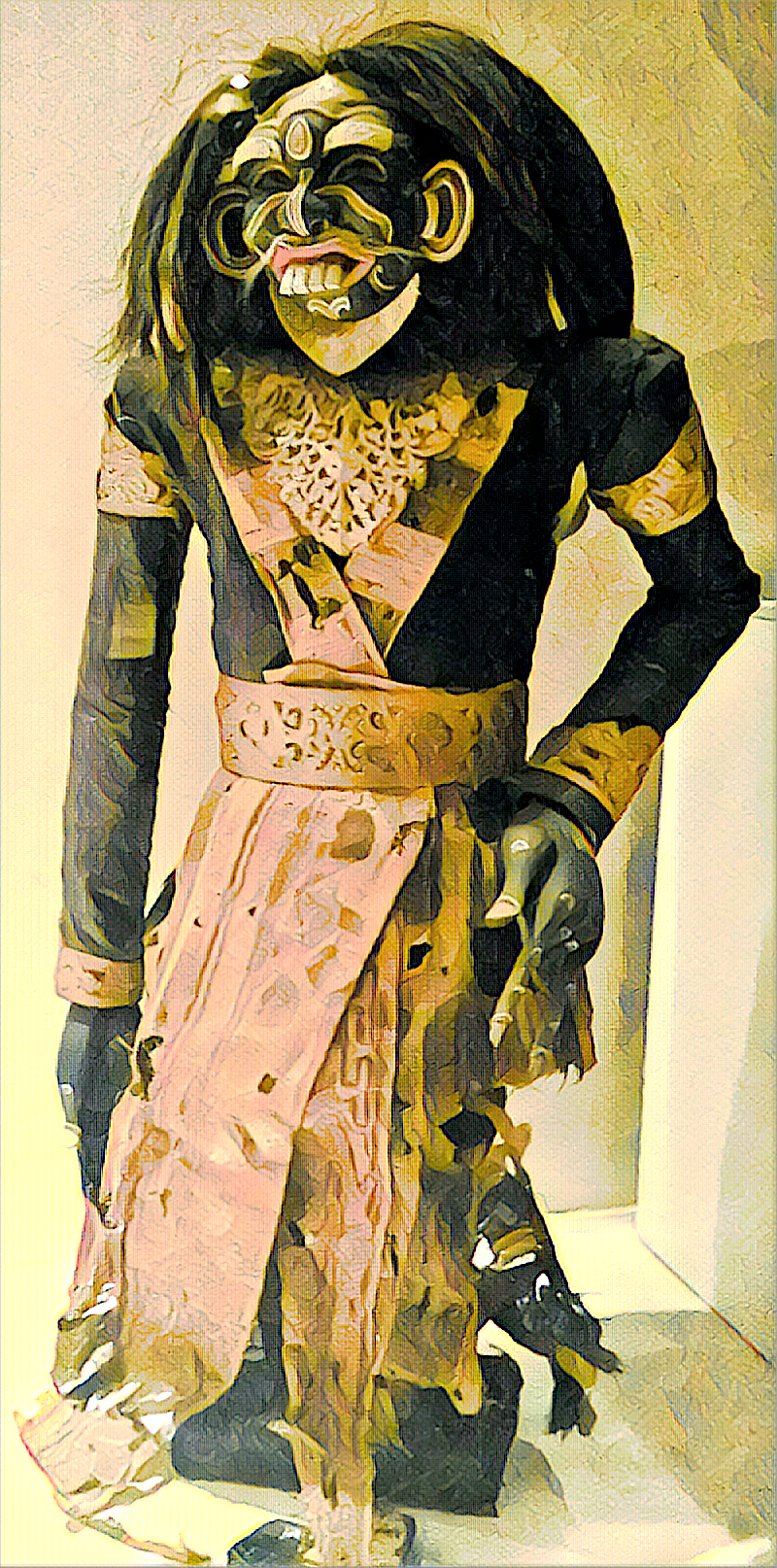
Barong is the benevolent king of the spirits in Balinese mythology, and the enemy of Rangda, the demon queen. In Bali, each region of the island has its own version of Barong modeled after different animals, including a lion, pig, and tiger. Image: an edit of work by Beeyan on Wikimedia Commons, CC BY-SA